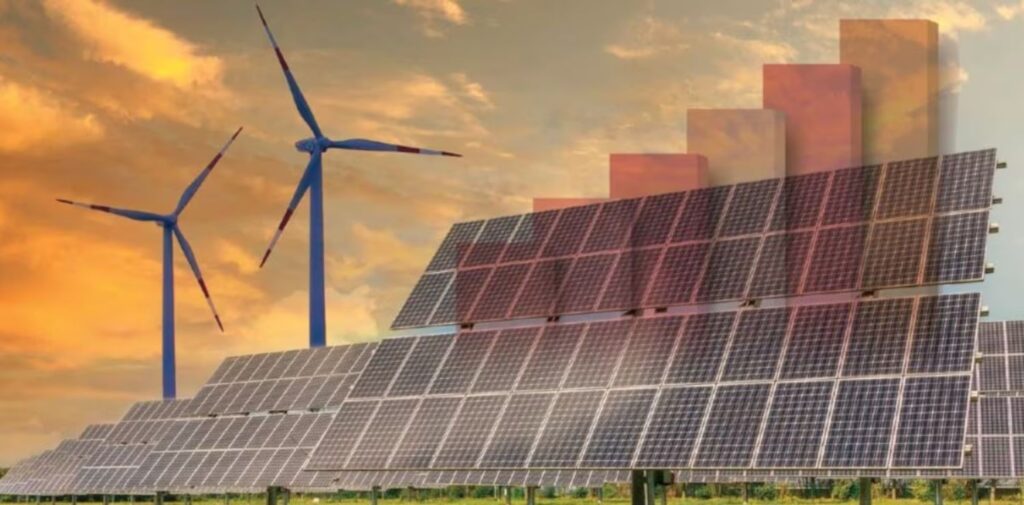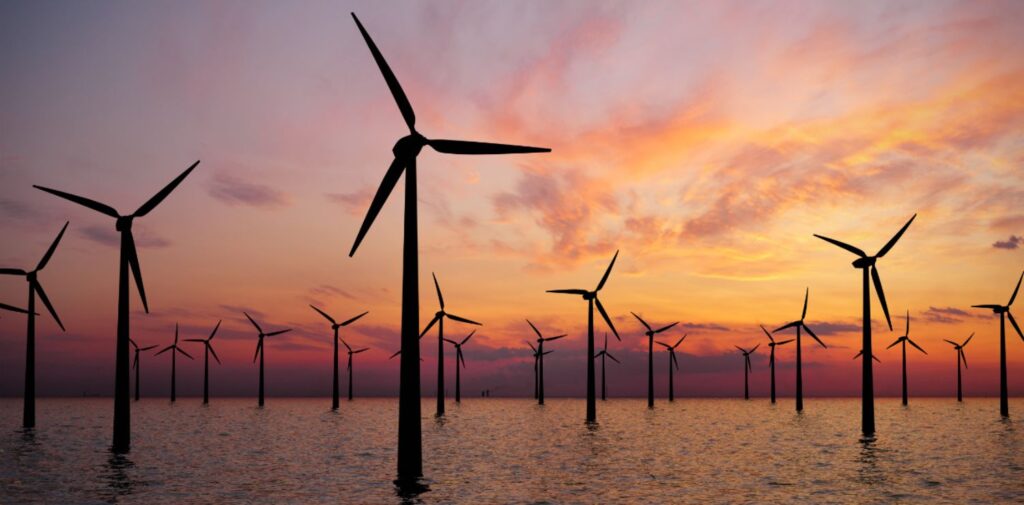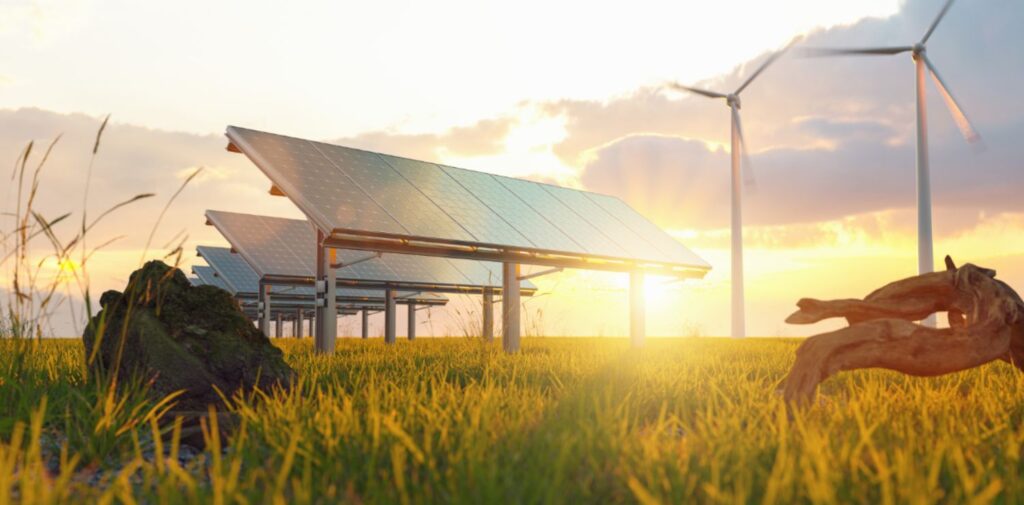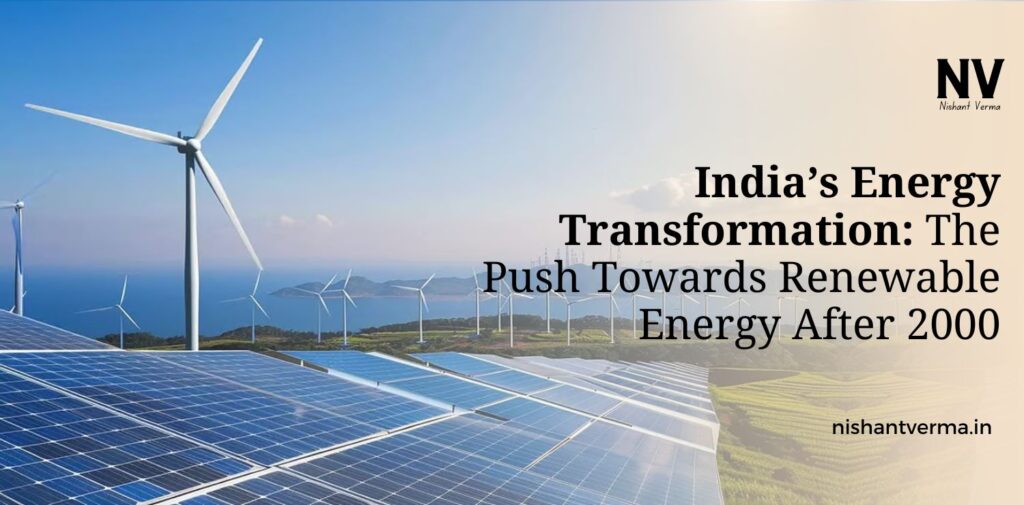India is one of the fastest-growing economies in the world, and its energy needs have been growing rapidly alongside its development. As the country’s population continues to increase and urbanization spreads, the energy demand has risen significantly. For many years, fossil fuels like coal, oil, and natural gas were the primary sources of energy. However, with rising environmental concerns, the growing impact of climate change, and the need for sustainable development, India has made a shift towards renewable energy sources. India Energy Transformation towards cleaner, greener energy solutions, particularly after the year 2000, has become a key part of India’s energy strategy.
The energy sector in India is undergoing a significant transformation, and the push towards renewable energy is at the heart of this change. This article explores how India’s energy landscape has changed over the past two decades, the country’s commitment to renewable energy, and the challenges and opportunities that come with this transition.
India’s Early Dependence on Fossil Fuels
Before the year 2000, India’s energy landscape was largely dependent on coal, oil, and natural gas. Coal, in particular, was a significant source of power generation. The country’s vast coal reserves made it an attractive and affordable source of energy. However, while these sources were abundant, they also posed serious environmental and health risks. The burning of fossil fuels led to air pollution, greenhouse gas emissions, and other negative effects on both the environment and public health.
India’s increasing reliance on fossil fuels also made the country vulnerable to fluctuations in global oil prices and supply disruptions. In addition to these economic and environmental concerns, there was a growing recognition that India needed to diversify its energy mix and adopt cleaner energy alternatives for a sustainable future. This realization prompted the country to begin investing in renewable energy sources, such as wind, solar, hydro, and biomass.

The Renewable Energy Shift After 2000
The year 2000 marked a turning point in India’s energy policy. The government began to realize the need for a long-term strategy to reduce its dependence on fossil fuels. Renewable energy, which had earlier been seen as a niche sector, started gaining significant attention and investment. India’s first major policy initiative was the creation of the Ministry of New and Renewable Energy (MNRE) in 2006, aimed at promoting renewable energy technologies.
India also introduced its first national renewable energy policy in the early 2000s. The focus was to gradually increase the share of renewable energy in the country’s overall energy mix, while also improving energy access in rural and remote areas. In the years that followed, several key initiatives were launched to push the growth of renewable energy, particularly solar and wind power.
The Growth of Solar Energy
Among all renewable energy sources, solar power has witnessed the most remarkable growth in India. The country is blessed with abundant sunlight throughout the year, making solar power an attractive and feasible option. In 2010, India launched the National Solar Mission to establish India as a global leader in solar energy. The mission set a target to achieve 20,000 MW of solar power capacity by 2022, which was later increased to 100,000 MW in the 2015 Paris Agreement.
This push towards solar energy has paid off. India is now one of the largest solar markets in the world, with an installed solar capacity of over 45,000 MW (as of 2021). The cost of solar energy has decreased significantly over the past few years, making it one of the most competitive sources of energy in India. Large-scale solar parks have been established in states like Rajasthan, Gujarat, and Tamil Nadu, while rooftop solar installations are also becoming more common in cities and towns across the country.
The government has implemented several policies to promote solar energy, including financial incentives, tax benefits, and subsidies for both consumers and businesses. In addition to these measures, India has attracted significant foreign investments in the solar sector, and many international companies have partnered with Indian firms to set up solar power projects.

The Rise of Wind Power
India is also blessed with strong wind resources, particularly along its western and southern coasts. The country has been tapping into this potential for wind energy since the 1990s, and it has become one of the world’s top wind energy producers. By 2000, India had already established a small but growing wind power capacity, but it was after 2000 that the wind energy sector truly took off.
The government set ambitious targets for wind power generation and provided incentives to wind turbine manufacturers, investors, and developers. India now ranks among the top five countries globally in wind energy capacity, with over 38,000 MW of installed capacity. States like Tamil Nadu, Gujarat, and Maharashtra are home to some of the largest wind farms in India.
One of the key drivers of wind energy growth in India has been the introduction of the Renewable Energy Certificate (REC) mechanism, which allows wind power producers to earn credits for their generation. These certificates can be traded, encouraging more investments in the sector.
Hydropower and Biomass: Other Renewable Sources
While solar and wind power have dominated the renewable energy push, India has also made strides in developing other renewable sources such as hydropower and biomass. India has a large network of rivers and water bodies, and hydropower has been used for decades as a significant source of electricity. The government has focused on developing both large and small hydroelectric plants, particularly in the northern and northeastern regions of the country.
Biomass energy, which involves using organic materials like agricultural waste and wood to generate power, is another renewable source that has found traction in India. Biomass-based power plants are being set up in rural areas, where agricultural residues are abundant. This sector not only helps reduce dependence on traditional fuels but also provides an additional source of income for farmers.

Challenges in the Transition to Renewable Energy
Despite the rapid growth of renewable energy in India, there are several challenges that the country faces in its transition to a cleaner energy future. One of the major hurdles is the intermittency of renewable sources like solar and wind, which are not available all the time. This means that backup solutions, such as energy storage systems or grid balancing, are needed to ensure a stable supply of electricity.
Another challenge is the need for significant infrastructure investments. The transmission and distribution systems in many parts of India are outdated and need to be modernized to accommodate the increasing share of renewable energy. Moreover, there is a need for better grid connectivity and flexibility to integrate renewable energy into the national grid.
Additionally, there are social and environmental concerns related to large-scale renewable energy projects, such as land acquisition, water use, and the displacement of local communities. Addressing these issues sustainably and inclusively is crucial for the long-term success of India’s renewable energy transition.
The Way Forward: India Energy Transformation
Despite these challenges, India’s renewable energy future looks promising. The government’s continued commitment to renewable energy, combined with technological advancements and increasing investments, will help the country achieve its renewable energy goals. India has set a target of 500 GW of non-fossil fuel capacity by 2030, and it is likely to become a global leader in renewable energy in the coming years.
India’s push towards renewable energy is not only essential for combating climate change but also plays a crucial role in ensuring energy security, creating jobs, and promoting sustainable development. With the right policies, investments, and innovations, India can achieve a cleaner, greener, and more sustainable energy future for all its citizens.




